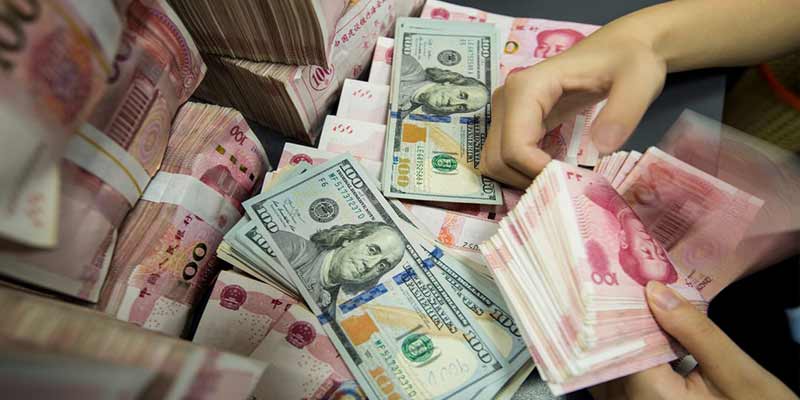- India
- Dec 19
India tops global remittance charts in 2023
India is the largest recipient of remittances, with inflows likely to increase to $125 billion in 2023, according to the World Bank’s latest report.
Other top remittance recipient countries are Mexico ($67 billion), China ($50 billion), the Philippines ($40 billion), and Egypt ($24 billion).
The United States continued to be the largest source of remittances.
What are remittances?
• The money workers send home to their families from abroad has become a critical part of many economies around the world. These money transfers are called remittances. They have been growing rapidly in the past few years and now represent the largest source of foreign income for many developing economies.
• Remittances have become an important consumption smoothing mechanism for the recipient households and, as such, they form an increasingly important (private) element of global social protection systems.
• Remittances are a vital source of household income for low and middle-income countries. They alleviate poverty, improve nutritional outcomes, and are associated with increased birth weight and higher school enrollment rates for children in disadvantaged households.
• Studies show that remittances help recipient households to build resilience, for example through financing better housing and to cope with the losses in the aftermath of disasters.
• Remittances also can play an important role in improving a country’s ability to repay debt, due to their large size relative to other sources of foreign exchange, counter-cyclical nature, and indirect contribution to public finances.
• In India, remittances are the second largest major source of external financing after service export, which contribute to narrowing the current account deficit (CAD) and has always been a stable constituent of the balance of payments. The current account deficit (CAD) represents the difference between the total amount of money sent abroad and money received from overseas across the economy.
Key points of the World Bank report:
• Remittances to low and middle-income countries grew an estimated 3.8 per cent in 2023, a moderation from the high gains of the previous two years.
• In 2023, remittance flows to low and middle-income countries are estimated to have reached $669 billion as resilient labour markets in advanced economies and Gulf Cooperation Council (GCC) countries continue supporting migrants’ ability to send money home.
• Economies where remittance inflows represent substantial shares of gross domestic product (GDP) – highlighting the importance of remittances for funding current account and fiscal shortfalls – are Tajikistan (48 per cent), Tonga (41 per cent), Samoa (32 per cent), Lebanon (28 per cent), and Nicaragua (27 per cent).
• Based on the trajectory of weaker global economic activity, growth of remittances to low and middle-income countries is expected to soften further to 3.1 per cent in 2024.
• Driving the moderated forecast are a slowing economic growth and the prospect of weaker job markets in several high-income countries.
• Additional downside risks include volatile oil prices and currency exchange rates, and a deeper-than-expected economic downturn in high-income countries.
• According to World Bank’s Remittances Prices Worldwide Database, remittance costs remain persistently high, costing 6.2 per cent on average to send $200 as of the second quarter of 2023.
• Compared to a year ago, sending money to all regions was more expensive, with the Middle East and North Africa being the exception. Banks continue to be the costliest channel for sending remittances (with an average cost of 12.1 per cent), followed by post offices (7 per cent), money transfer operators (5.3 per cent), and mobile operators (4.1 per cent).
Manorama Yearbook app is now available on Google Play Store and iOS App Store


